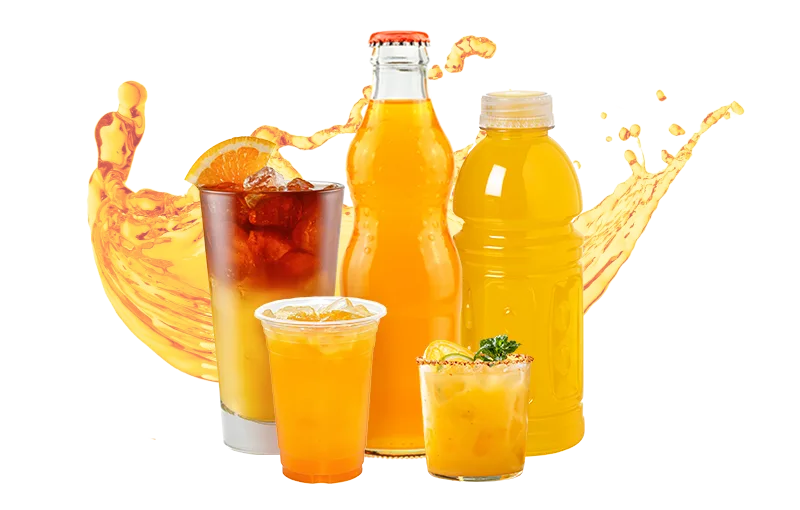
In beverages, color plays a prominent role in establishing a consumer’s flavor expectations prior to tasting. The color must match the consumers’ frame of reference for its respective flavor. For example, one would probably expect a sparkling blueberry beverage to be close to an indigo or purplish hue or a clementine juice drink to be a bold orange. Understanding consumer perspective is very important, especially since more than any other attribute, taste expectation (which can be impacted by color) drives consumer liking. Our research indicates brighter colors are preferred in beverages because of their association to a better and sweeter taste.

Although complex, emulsions breathe life into many popular beverage flavors, and given the correlation of color and taste on purchase intent, developers shouldn’t sacrifice on color performance when working with them. They enable developers to achieve natural color shades that were previously unattainable, but formulating with emulsions can be tricky.
The results of a broken emulsion can be pretty undesirable including color agglomeration, cap staining, and/or color ringing.
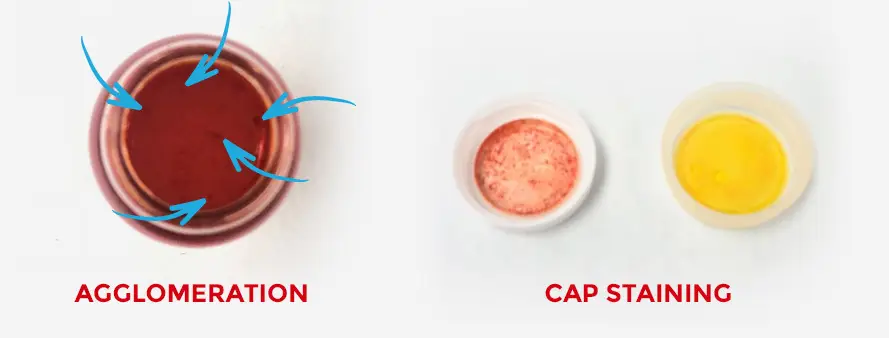
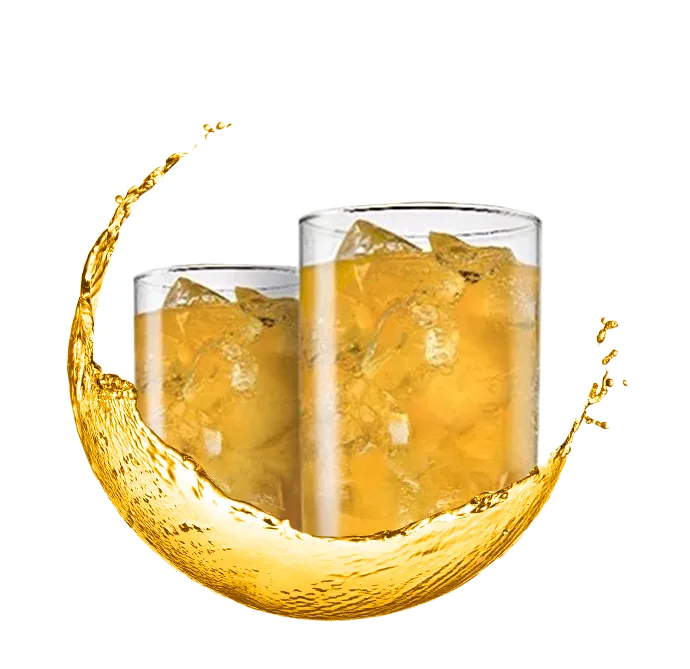
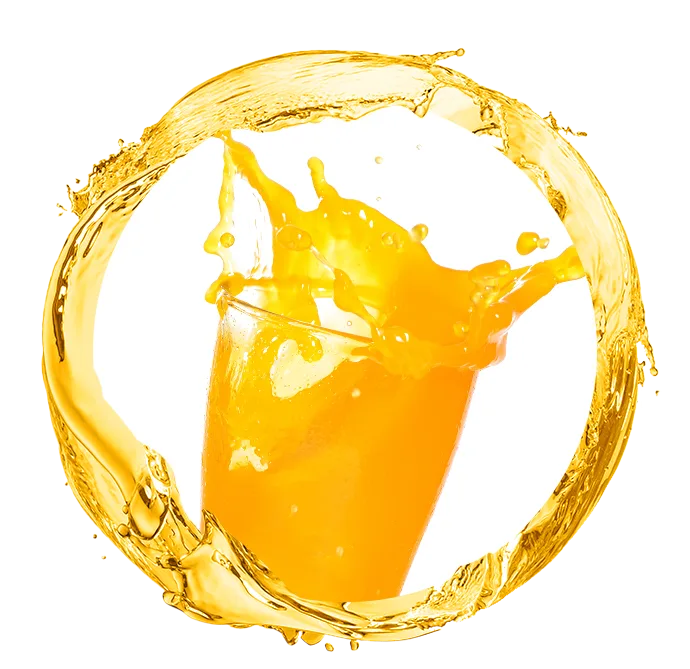
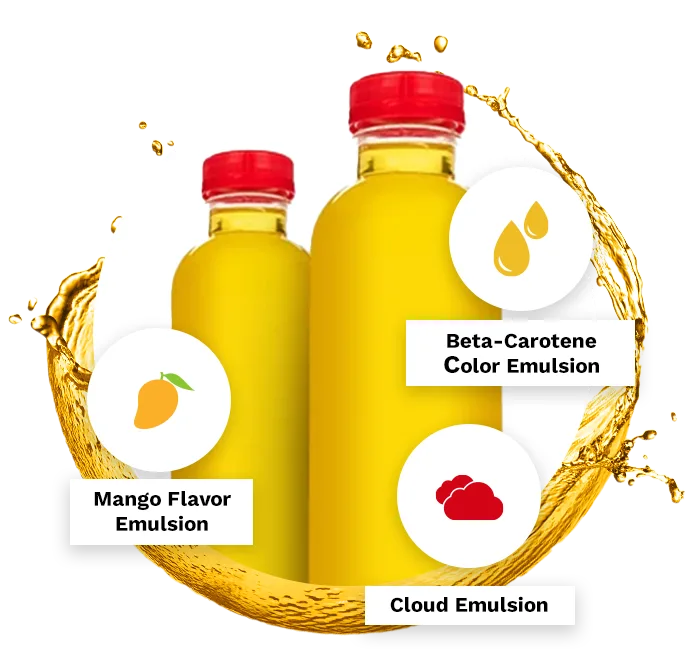
If you are experiencing any of these challenges, Sensient’s beverage application team is always happy to help. We enjoy working on the bench with flavor suppliers and batching during scale up with beverage manufacturers.